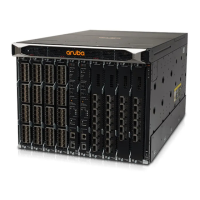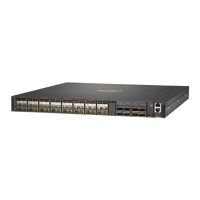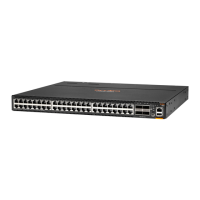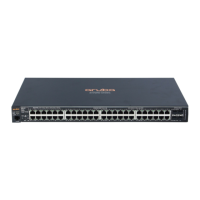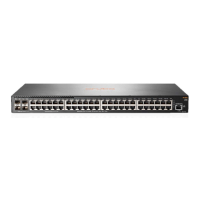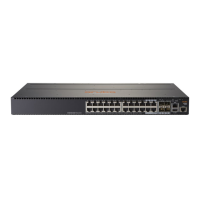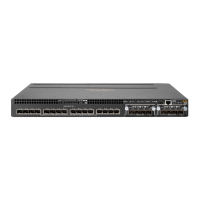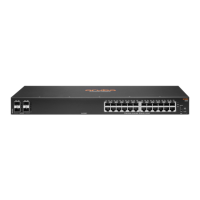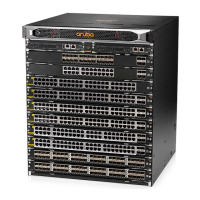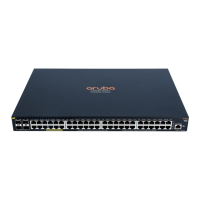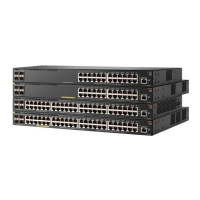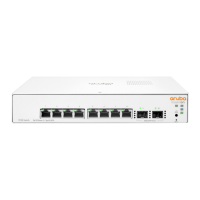What to do if Aruba Switch has improper network topologies?
- CcoxjacobJul 26, 2025
To ensure a valid network topology for your Aruba Switch, avoid excessive cable length and repeater delays. If problems arise after network changes, revert to the previous topology. Also, ensure there are no data path loops, maintaining only one active cabling path between any two end nodes to prevent broadcast storms. Before opening redundant paths, enable Spanning Tree Protocol support on the switch to avoid data path loops. The 8400 switches also support Trunking (link aggregation), which allows using multiple network cables for a single network connection without causing a data path loop.
